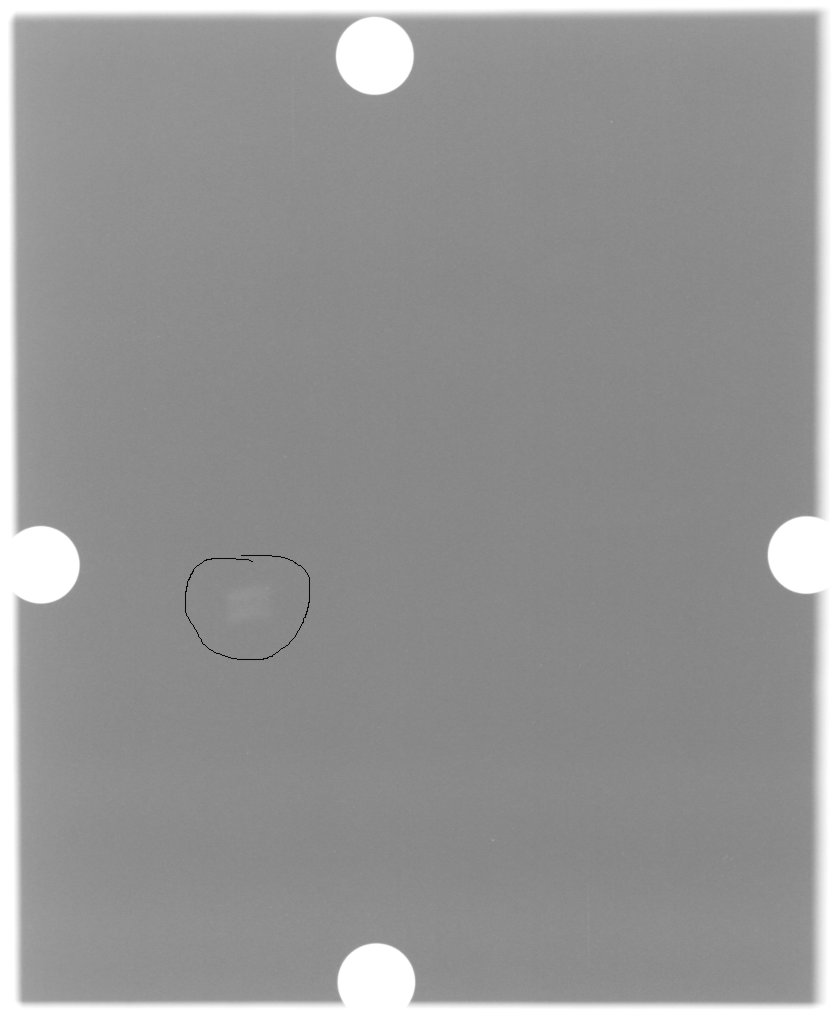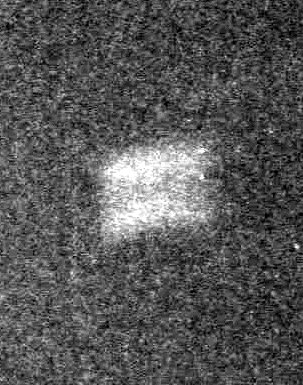When the focal spot of an x-ray tube needs to be evaluated, the usual method is to use a slit or pinhole. The slit camera is typically made from two pieces of tungsten or other dense material arranged so that there’s a very small gap between the two, typically 0.1 mm wide or smaller. Place the slit camera up against the collimator and make an exposure. The resulting image is a line that represents the detected radiation from the focal spot. Given the distance from the focal spot to the camera and to the image receptor, the size of the focal spot can be calculated from the width of the line. Turning the slit camera 90° and acquiring a second image gives the focal spot dimension in the other axis.
The pinhole camera works in much the same way, except using a very small hole instead of a slit. You also get an image of the actual focal spot itself and can measure both dimensions of the focal spot directly. It’s the same as using a pinhole camera for visible light pictures.
A long time ago, I learned that if you don’t have a pinhole camera, you can sort of fake it by closing the collimator blades almost all the way down until you can see just a pinprick of light when the light field is turned on. Since it can be difficult to know the distance between the hole and the focal spot, doing quantitative measurements of the focal spot isn’t easy, but it can be useful for demonstration purposes, to show a class of rad tech students or residents.
Every now and then, you get focal spot images showing up in images unintentionally, like in this image from a portable x-ray unit I was testing the other day
The double band (double banana) is characteristic of most focal spot images taken with a pinhole camera. A normal pinhole image of a focal spot is dark in appearance, but this artifact is lighter than the surroundings.
The most likely source of the artifact is a tiny dense particle, probably a metal shaving or something similar, that’s landed near the x-ray tube window or in the collimator housing somewhere. The metal shaving is dense enough to absorb some of the radiation, acting as kind of a “reverse pinhole”, producing a light pinhole image instead of a dark one.
Like this:
Like Loading...






